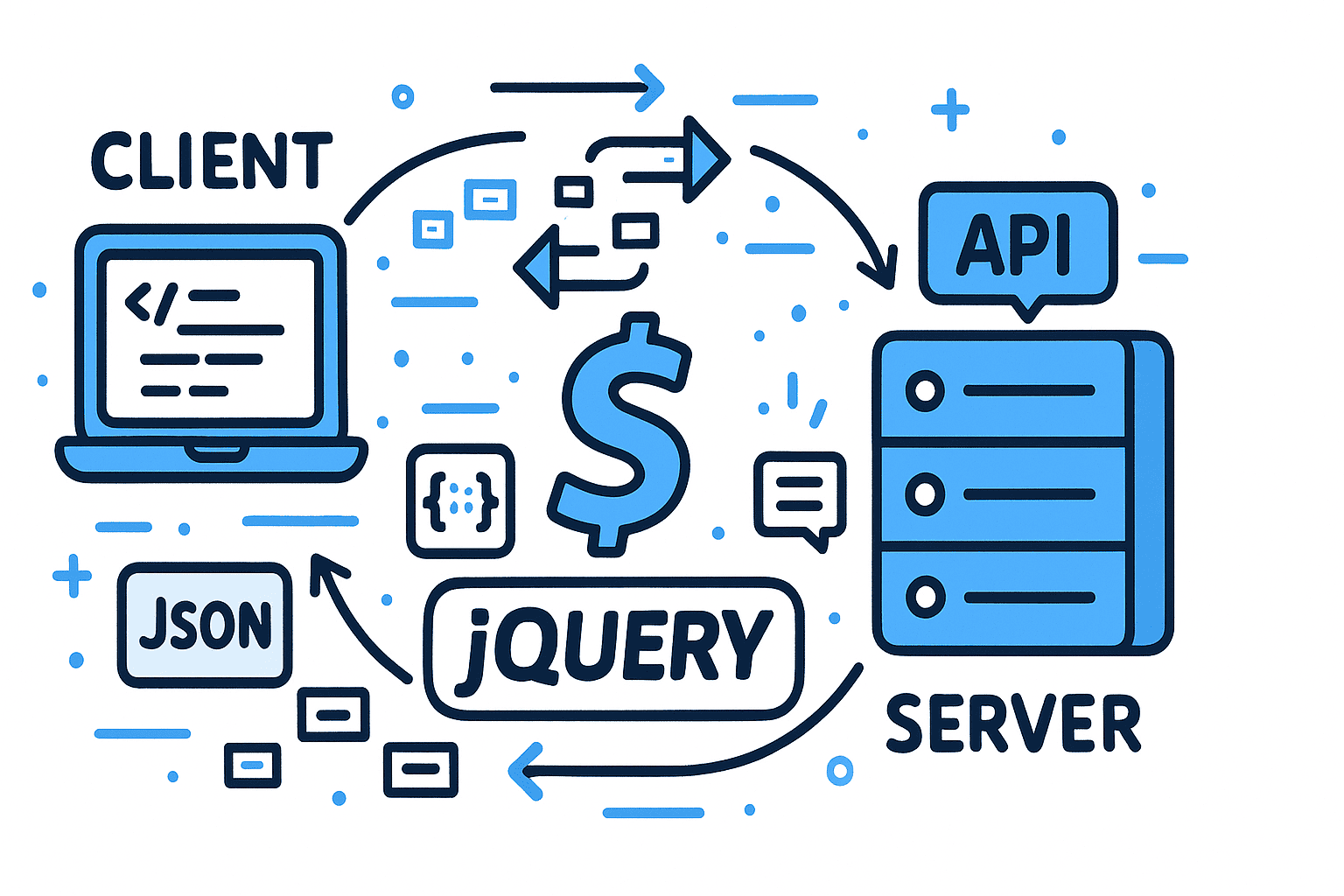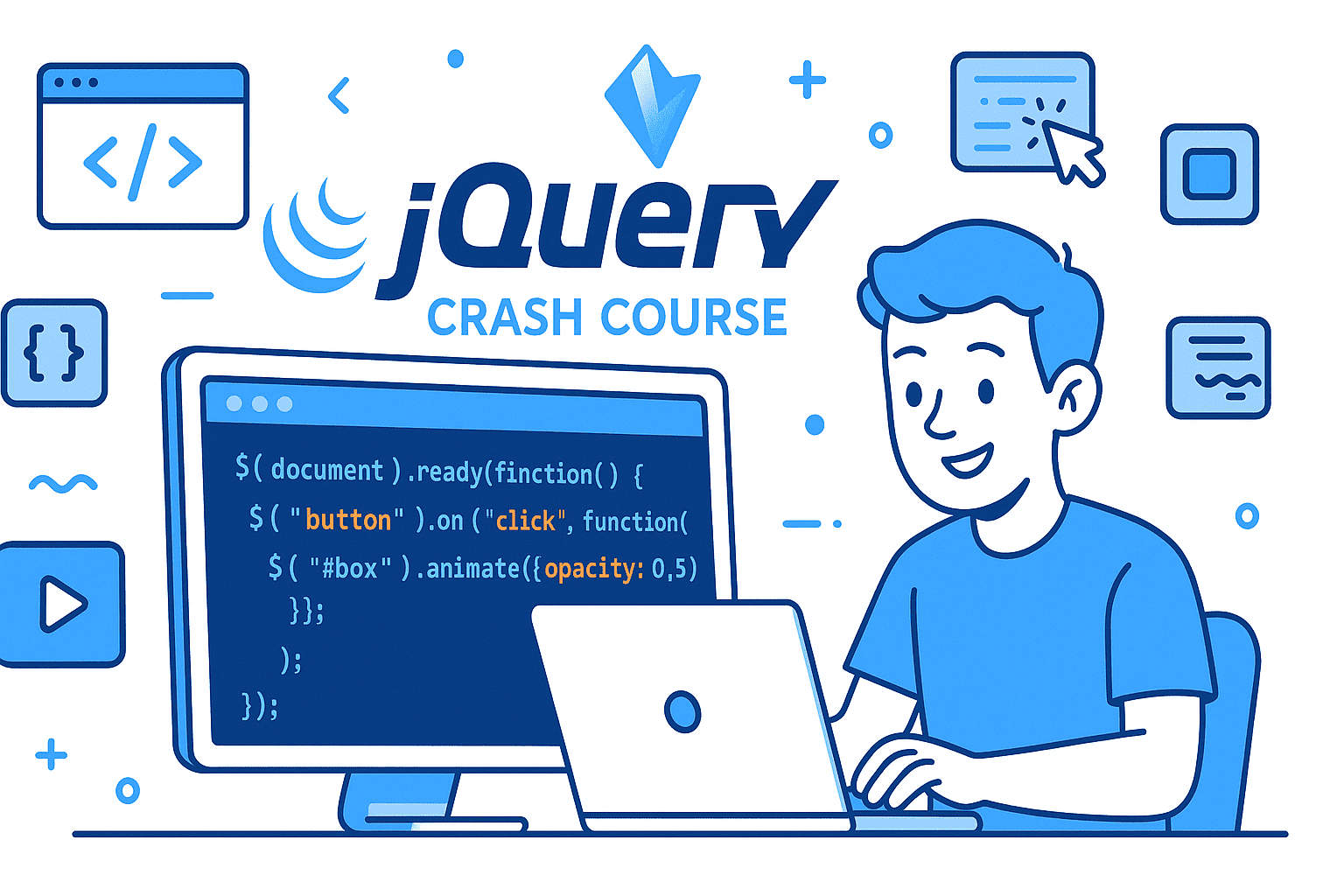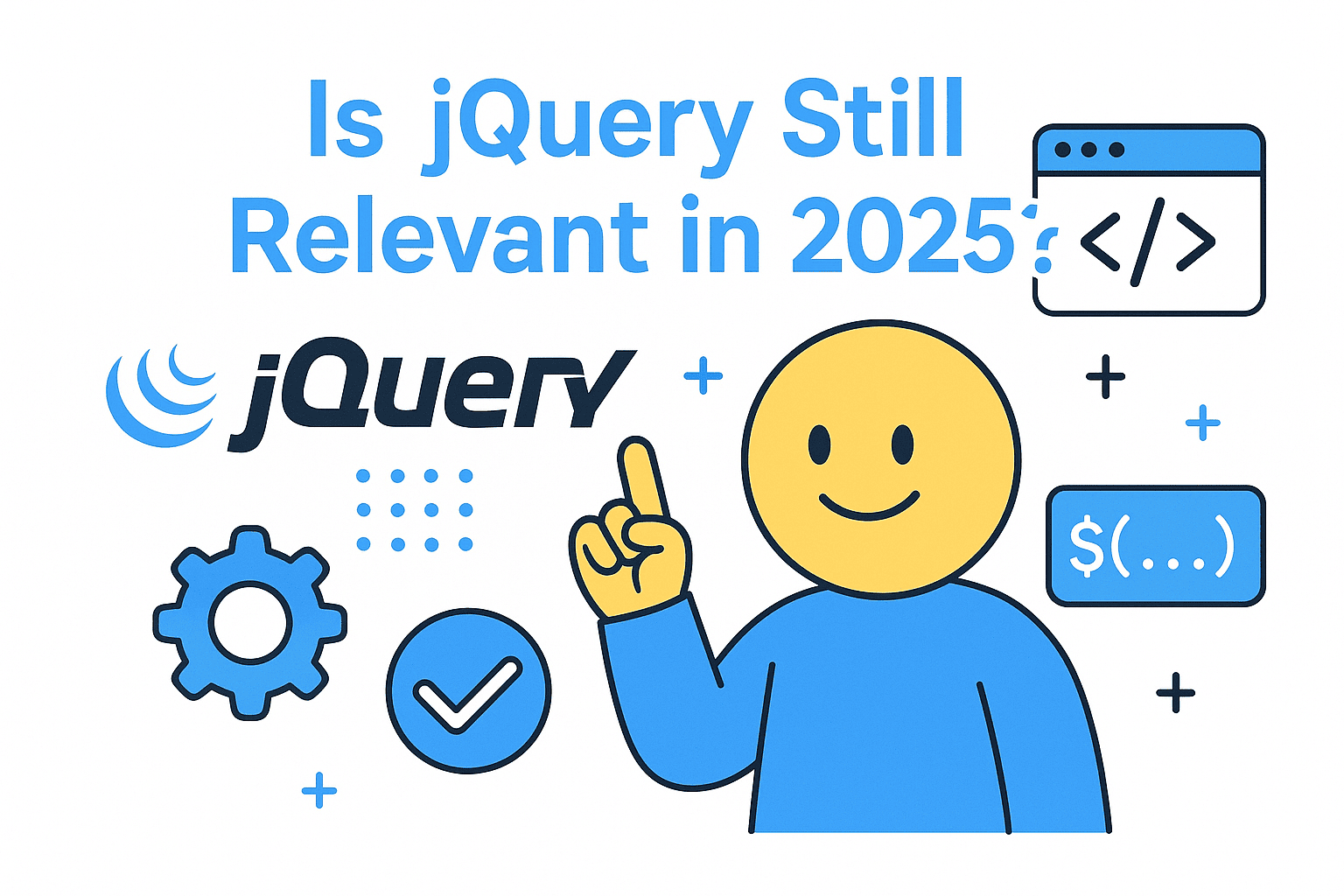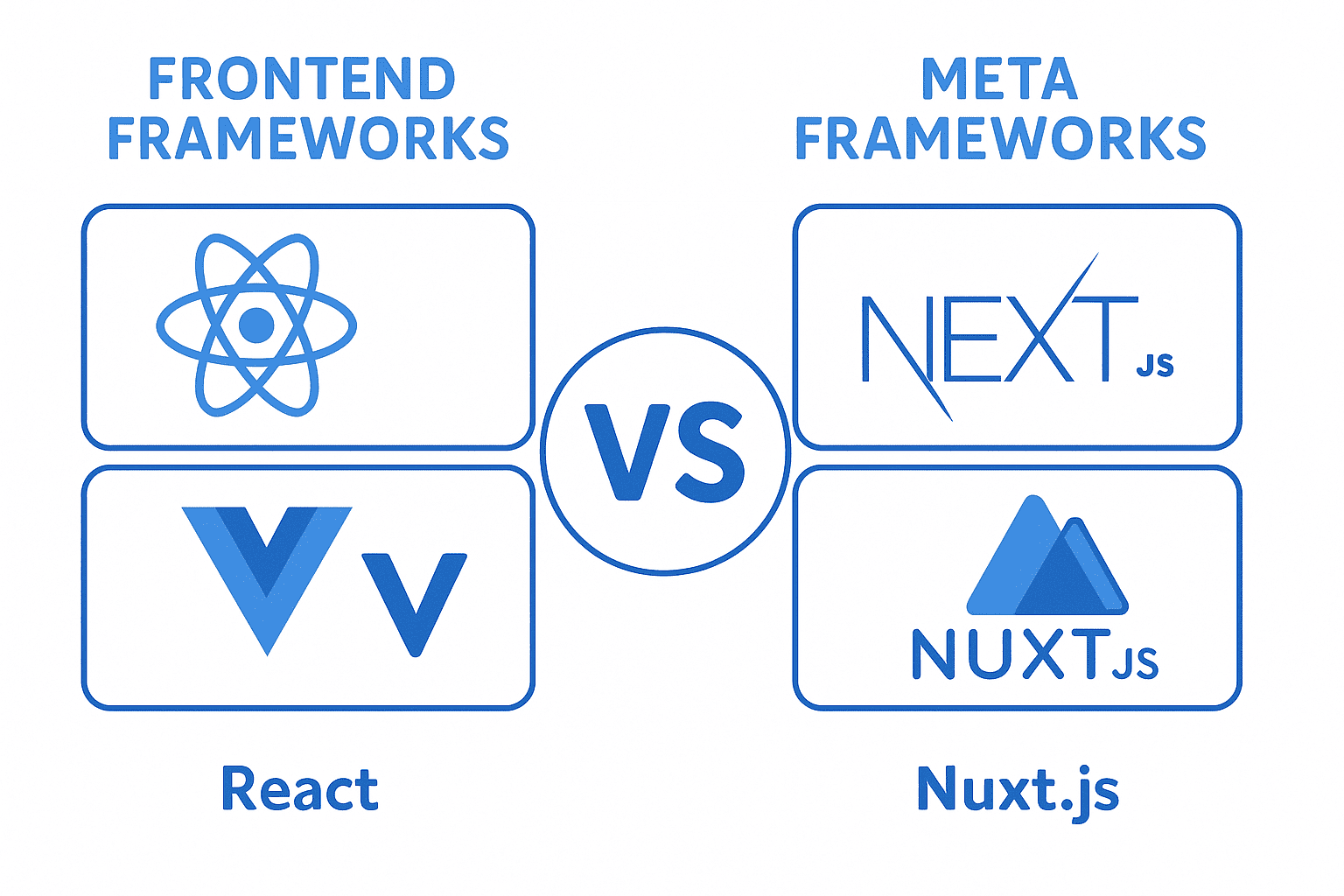Welcome back to our jQuery Crash Course series! 🎉
In Part 1: jQuery Basics with Vite Part 1
we explored setting up a project, selectors, DOM manipulation, and event handling.
Now in Part 2, we’ll unlock one of the most powerful features of jQuery: AJAX (Asynchronous JavaScript and XML).
AJAX allows your web application to:
- Communicate with a server without reloading the page.
- Fetch data (like JSON or HTML) dynamically.
- Build interactive, modern web experiences.
What is AJAX in jQuery?
AJAX in jQuery is a set of methods that make it easier to send HTTP requests and process responses. Instead of writing long boilerplate with XMLHttpRequest or even fetch(), you can do it in just a few lines.
Example:
Vanilla fetch
fetch("data.json")
.then((response) => response.json())
.then((data) => console.log(data));
jQuery AJAX
$.get("data.json", function (data) {
console.log(data);
});
Setting Up
We’ll continue from the Vite + jQuery project we built in Part 1. Make sure you still have jQuery installed:
npm install jquery
Import it in your main.js (if not already):
import $ from "jquery";
The Core jQuery AJAX Methods
jQuery offers several AJAX helpers:
- $.ajax(): The full-featured method (most customizable).
- $.get(): Simplified method for GET requests.
- $.post(): Simplified method for POST requests.
- $.getJSON(): Shortcut for fetching JSON data.
Example 1: Simple GET Request
Imagine you have a data.json file:
{
"name": "Safi",
"role": "Developer",
"skills": ["JavaScript", "jQuery", "AJAX"]
}
Here’s how you fetch it:
$.get("data.json", function (data) {
$("#output").html(`
<h2>${data.name}</h2>
<p>Role: ${data.role}</p>
<p>Skills: ${data.skills.join(", ")}</p>
`);
});
👉 When the page loads, it retrieves the data and displays it dynamically.
Example 2: POST Request (Sending Data)
Let’s simulate sending form data to a server.
<form id="contactForm">
<input type="text" id="name" placeholder="Your Name" />
<button type="submit">Submit</button>
</form>
<div id="response"></div>
$("#contactForm").submit(function(e) {
e.preventDefault();
const name = $("#name").val();
$.post("/api/submit", { name }, function(response) {
$("#response").text("Server says: " + response.message);
});
});
👉 The form submits without refreshing the page.
Example 3: Using $.ajax() for Full Control
For more advanced use cases:
$.ajax({
url: "/api/data",
type: "GET",
dataType: "json",
success: function (data) {
console.log("Success:", data);
},
error: function (xhr, status, error) {
console.error("Error:", error);
},
complete: function () {
console.log("Request completed");
},
});
This gives you hooks for success, error, and complete.
Example 4: Loading External HTML
Want to pull in external HTML snippets?
$("#loadBtn").click(function () {
$("#content").load("snippet.html");
});
👉 This is handy for loading partial views like menus, modals, or blog sections dynamically.
Handling JSON Data
Often, APIs return JSON. jQuery makes it seamless:
$.getJSON("https://jsonplaceholder.typicode.com/posts/1", function (post) {
$("#output").html(`
<h3>${post.title}</h3>
<p>${post.body}</p>
`);
});
👉 With just a few lines, you’re consuming a real API.
Why Use jQuery AJAX Today?
While modern apps often use fetch() or Axios, jQuery AJAX still shines for:
- Legacy Projects: Many CMS platforms (WordPress, Drupal, etc.) rely on jQuery.
- Prototyping: Easy to set up and fast to test.
- Plugins: Tons of jQuery plugins use AJAX internally.
If you’re working with existing codebases, knowing jQuery AJAX is a must.
Conclusion
You now know how to:
- Use $.get(), $.post(), and $.ajax() to communicate with servers.
- Fetch JSON data and display it dynamically.
- Submit forms without reloading the page.
- Load external HTML content seamlessly.
👉 If you missed Part 1 (jQuery Basics), check it out here: Read Part 1
And don’t miss Part 3 where we’ll bring interactivity to the next level!
🤝 Need a Custom RSVP System or Dashboard?
I help businesses build tools that actually work , even on tight deadlines.
Whether you're planning an event, need internal tools, or want a custom dashboard for your team , I can help.
Reach out
📧 Email: safi.abdulkader@gmail.com | 💻 LinkedIn: @abdulkader-safi | 📱 Instagram: @abdulkader.safi | 🏢 DSRPT
Drop me a line, I’m always happy to collaborate! 🚀



